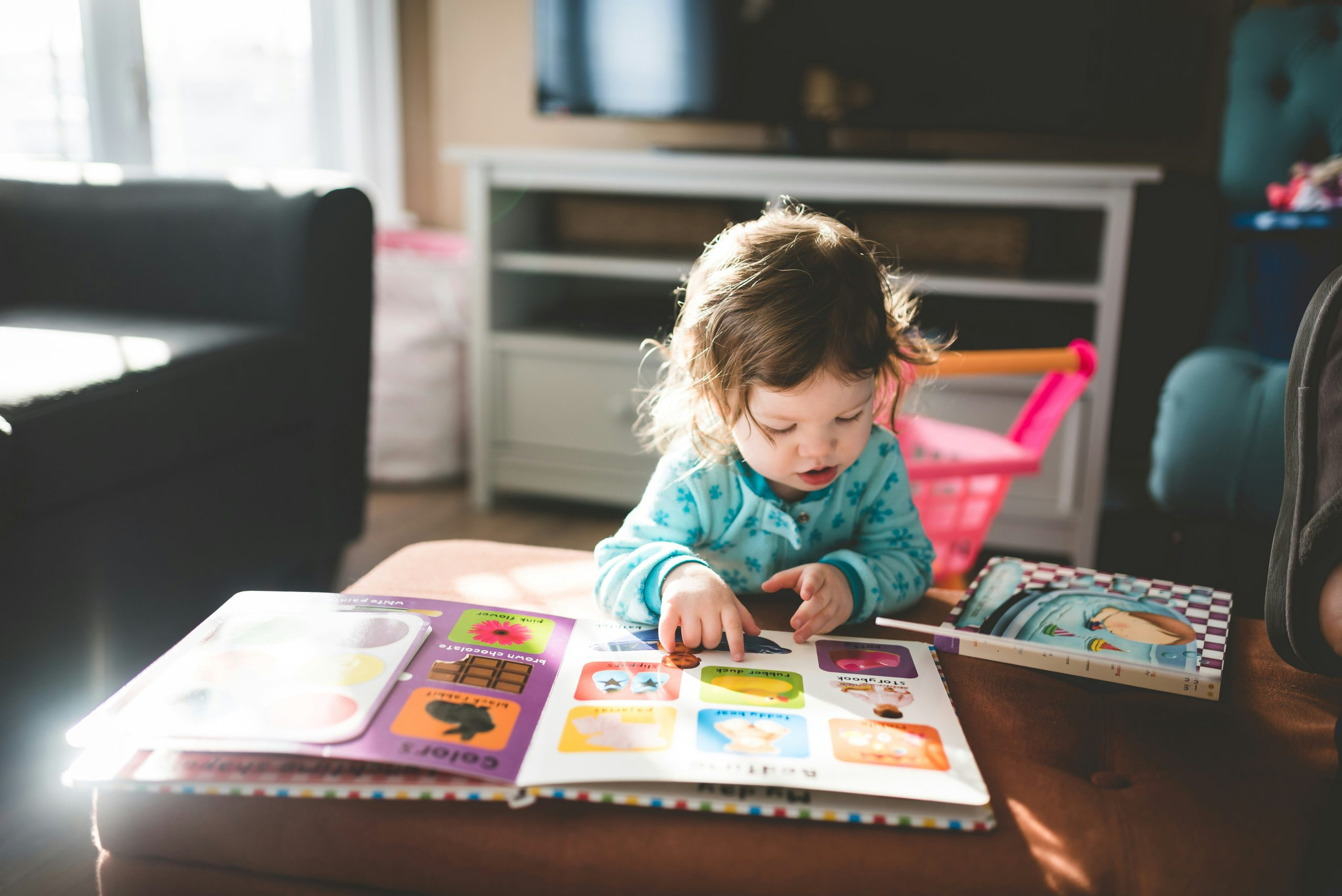Redefining early literacy programs through teaching strategies
The importance of early literacy cannot be underestimated. It sets the foundation for a child’s academic success and future learning abilities. However, traditional literacy programs may not always be effective in today’s fast-paced and ever-changing world. This is where redefining early literacy programs through teaching strategies comes into play. By incorporating modern and innovative teaching strategies, early literacy programs can become more engaging, interactive, and effective. In this article, we will explore the need for redefining early literacy programs and how teaching strategies can play a crucial role in its success.
The Need for Redefining Early Literacy Programs
Early literacy programs are designed to help children develop reading, writing, and communication skills at a young age. However, with the advancements in technology and changes in the way children learn, traditional early literacy programs may not be as effective as they once were. Children today are exposed to various forms of media and information from a very young age, making it crucial to adapt literacy programs to cater to their changing needs.
Furthermore, there is a growing concern about the declining literacy rates in many countries. According to a report by UNESCO, over 770 million adults across the world lack basic literacy skills. This highlights the need for early literacy programs to be more effective in improving overall literacy rates. Redefining these programs to incorporate updated teaching strategies can bring about significant improvements in the education system and the overall well-being of individuals.
Redefining Early Literacy Programs Through Teaching Strategies
Incorporating innovative teaching strategies in early literacy programs can help make learning more engaging for children. This, in turn, can improve their motivation, attention span, and retention of information. Here are some effective teaching strategies that can be implemented to redefine early literacy programs:
1. Interactive Learning
Traditional literacy programs often rely on rote learning and drills, which can be dull and monotonous for children. With the use of technology, interactive learning can be incorporated to make the learning process more engaging. This can include the use of educational games, videos, and quizzes to teach various literacy skills. Interactive learning not only makes the learning process more enjoyable, but also helps develop critical thinking and problem-solving skills in children.
2. Multisensory Approach
Another effective teaching strategy is the multisensory approach, which involves using different senses to enhance learning. For example, incorporating songs, rhymes, and actions can help children learn spelling and phonics more effectively. Visual aids, such as flashcards and pictures, can also be used to improve vocabulary and comprehension skills. This approach is especially beneficial for children with learning difficulties, as it caters to different learning styles.
3. Project-based Learning
Project-based learning is a hands-on approach that allows children to apply what they have learned in a practical manner. This can include activities such as creating stories, writing poems, or making a scrapbook. By working on projects, children can develop their creativity, critical thinking, and communication skills. This approach also encourages collaboration and teamwork, which are essential skills for future success.
4. Technology Integration
Incorporating technology in early literacy programs can greatly enhance the learning experience. Educational apps, e-books, and online resources can be used to supplement the traditional teaching methods. This not only makes learning more fun and interactive, but also helps develop digital literacy skills that are crucial in today’s world.
Conclusion
Redefining early literacy programs through teaching strategies is vital for keeping up with the changing times and improving overall literacy rates. By incorporating these strategies, early literacy programs can become more engaging, interactive, and effective in preparing children for their academic journey. With the right combination of traditional and modern teaching methods, early literacy programs can set children on a path towards academic success and a brighter future.










